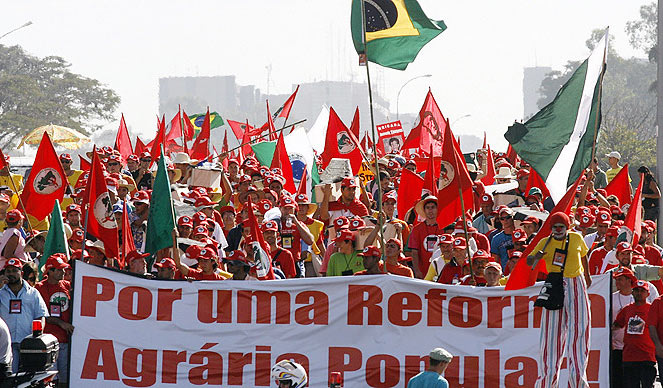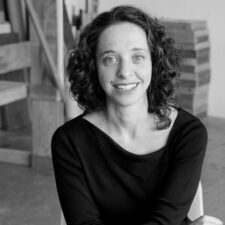

For continuing students of Básico 2 or students who know the basic structure of Portuguese including present/past tenses
For New students who know present and past tenses, upon filling out an application and an assessment form:
https://forms.gle/
Continuing students: contact your instructor to get the registration link and skip the application form
New Students: New students are welcome to apply. The link to the Assessment is at the end of the application form. It should take about 15-20 minutes to be completed.
This course is designed for native Spanish speakers*, people who grew up around Portuguese, who learned Spanish as their first language, or those who are fluent in Spanish. It is a continuation of the Winter course: Português Básico 2 (for Spanish Speakers).
DETAILS
Click here for an application form, followed by a language assessment.
https://forms.gle/
If you have any questions, you can contact the instructor at: portugueseny@gmail.com
More information:
Portuguese is a language with roots in Portugal and also the official language spoken today in 10 countries: Brazil, Mozambique, Angola, Portugal, Guinea-Bissau, East Timor, Equatorial Guinea, Macau, Cape Verde, and São Tomé and Príncipe. Portuguese is arguably among the 9 or 10 most spoken languages in the world, but only 5 percent of its speakers live in its original home Portugal. It is estimated that 270 million people speak Portuguese today, amongst which nearly 254 million are native speakers. It is the second most spoken Romance language, after Spanish. Brazil’s 211 million people is the largest Portuguese-speaking population in the world.
As a colonial language, it suffered many transformations, particular to each locale. It is nowadays also a result of cultural resistance of the indigenous and enslaved people during colonialism. It is spoken in the U.S particularly in the Northeast, in California and in Florida, where native Portuguese speakers, who are immigrants from Africa, South Asia, Europe and Brazil have concentrated historically. In nearby regions, it is more widely spoken in areas of Newark, New Jersey; Astoria, Queens; in the coastal regions of Connecticut, and Massachusetts.
Background:
Since the 16th century Brazilians started to incorporate dialects, words and sounds into Portuguese, particularly from the Tupi and Guarani indigenous linguistic branches that make up the majority of the pre-Columbian indigenous languages of Brazil’s current territory. With enslaved workers brought from Africa, more heavily during the 17th, 18th and 19th centuries, many different languages and backgrounds were also influential.
Brazilian Portuguese continued to evolve as the common language amongst all living in Brazil, and the one permitted to be spoken by the colonizers. However, new words referring to foods, materials and relationships with no correlations in Europe, started to influence Continental Portuguese, even though the grammar and syntax structures remained the same.
Revolutionary literacy methods created for adults, by the influential educator Paulo Freire in the 1960s, author of the Pedagogy of the Oppressed, finally started to prioritize local people’s needs and generate wider political consciousness about the role of language in political emancipation to the elite oppressors. It is still used to combat illiteracy and poverty, and to help achieve freedom, much beyond Brazil’s borders.
